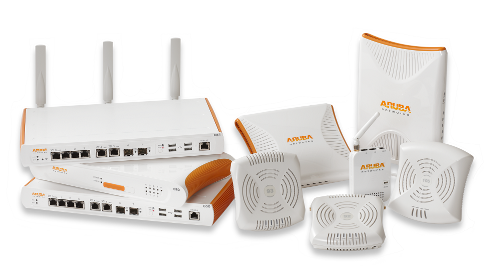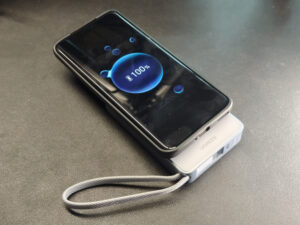
Aruba Networks loves iPads, and is betting on the ubiquitous Apple device.
The wireless networking company’s new mobility architecture, Mobile Virtual Enterprise (MOVE), allows mobile devices like iPads to roam freely and connect within an enterprise space, and yet securely tracks them and manages their use.
Most importantly, Aruba Networks claims that their MOVE architecture uses less appliances (and hence rack space, energy and deployment), is simpler to manage, and will over a three year period save 70 percent of the total cost of ownership as compared to a rival solution, say, from Cisco’s Borderless mobility architecture.
At a press conference this week in Singapore, Aruba Networks — ranked number two in wireless switching behind networking king Cisco — quoted this exact example, and also launched MOVE in the Asia Pacific region together with a suite of new wireless products.
Albert Tay, general manager for South East Asia at Aruba Networks, is bullish about the marketplace for MOVE, and he gave two reasons.
One, there are lots of enterprises who are are looking at replacing their old Wi-Fi 802.11 a/b/g wireless standards to the faster 802.11n wireless standards, so it’s perfect to pitch the new architecture.
Two, it’s the damn iPad.
It is symbolic of the huge mobility trend — be it iPads, Android tablets or other smartphones — that is sweeping the world.
According to an IT predictions report by Gartner in late 2010, the combined install base of smartphones and browsing-capable phone hybrids will exceed 1.82 billion units in 2013. Past 2013, this will exceed the install base for PCs. What this means for mobility, and those who can tackle it well, is huge.
Aruba Networks tout MOVE as an architecture that will allow easy administration of mobility devices. Users coming onto a corporate network simply self-register their devices, a security certificate is pushed onto the device, and voila, the device is free to roam the network with the requisite security settings. (Of course it’s not exactly as simplistic as that, but that’s the gist).
Thus far, the fledgling architecture works only this seamlessly for iOS devices — i.e. iPhone or iPad, or iPad2. The Android roadmap will be released sometime later in the middle of the year, and will first support Android devices from HTC and Samsung.
When asked about Windows 7 devices, Aruba Networks said they are not sure about widespread market adoption of such devices yet, but will keep it in consideration for building this same seamless access.
Also in the roadmap is for the security certificates pushed to the mobile devices to connect automatically and talk to a public key infrastructure (PKI) — a security architecture that manages digital certificates — sometime later in the year.




